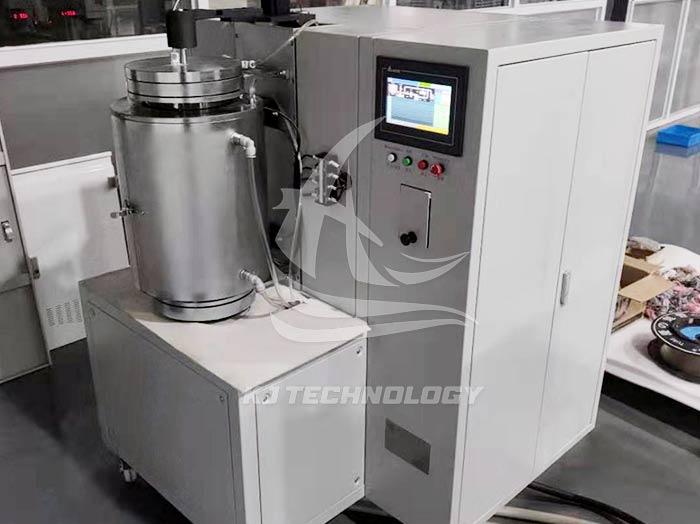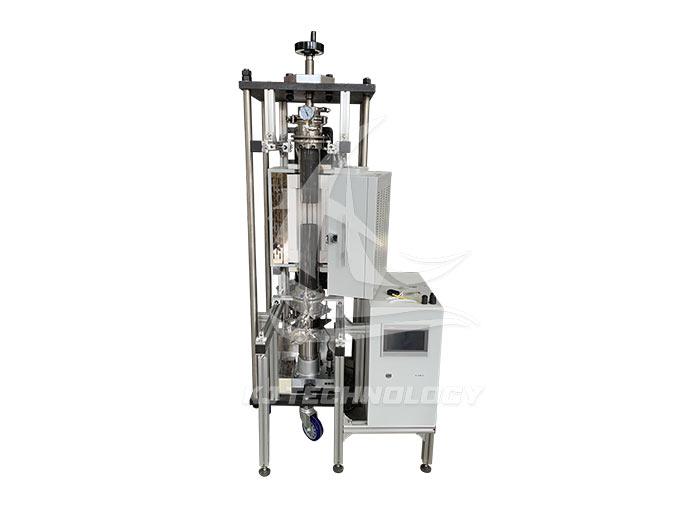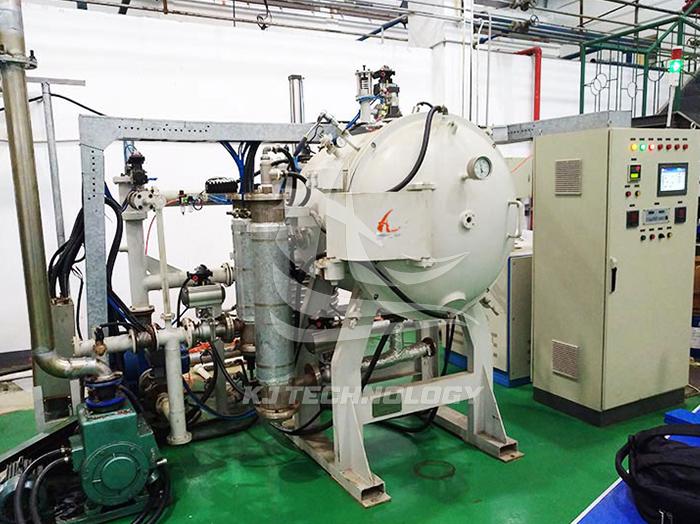How to choose an industrial vacuum heat treatment furnace?
 05-21-2025 Author: KJ technology
05-21-2025 Author: KJ technology
When choosing an industrial vacuum heat treatment furnace, multiple factors need to be considered comprehensively to ensure that the selected equipment can meet production needs and have good performance. The following are specific recommendations:
1. Clarify application requirements:
Determine the type, size, and required heat treatment process (such as quenching, annealing, tempering, sintering, etc.) of the material to be processed.
Determine the required heating temperature range based on material characteristics and process requirements.
2. Consider the requirement for vacuum degree:
Select the appropriate vacuum system (low, medium, high vacuum) according to the process requirements.
Common vacuum components include rotary vane pumps, Roots pumps, molecular pumps, and diffusion pumps.
3. Choose the appropriate cooling method:
The cooling methods of vacuum heat treatment furnaces mainly include water cooling and air cooling.
Water cooling is usually used for rapid cooling, while air cooling is suitable for situations where cooling speed is not required.
4. Choose the appropriate heating element:
Heating elements are one of the core components of vacuum heat treatment furnaces, and common heating elements include resistance wires, silicon carbon rods, and silicon molybdenum rods.
Select the appropriate heating element based on factors such as heating temperature, material type, and heating efficiency.
5. Evaluate the control system:
The control system is an important component of the vacuum heat treatment furnace, responsible for monitoring the temperature, vacuum degree, and other key parameters inside the furnace, and controlling the operation of heating elements and cooling systems.
A high-quality control system should have the characteristics of high reliability, complete functions, easy operation and maintenance, as well as monitoring, fault display and recording functions.
6. Consider furnace structure and size:
The furnace structure should be designed reasonably and easy to operate and maintain.
The size of the furnace body should be able to meet the size and quantity requirements of the materials to be processed.
7. Pay attention to energy consumption and maintenance costs:
Choosing equipment that provides high efficiency and is easy to maintain can reduce production costs.
Consider energy consumption indicators such as the heating time and power loss of the equipment in an empty furnace.
8. Consider the manufacturer's reputation and after-sales service:
High quality manufacturers usually have good production technology and rich experience, and can provide high-quality equipment and comprehensive services.
Understand the manufacturer's qualifications, performance, and customer evaluations to ensure the quality and after-sales service of the selected equipment are guaranteed.








